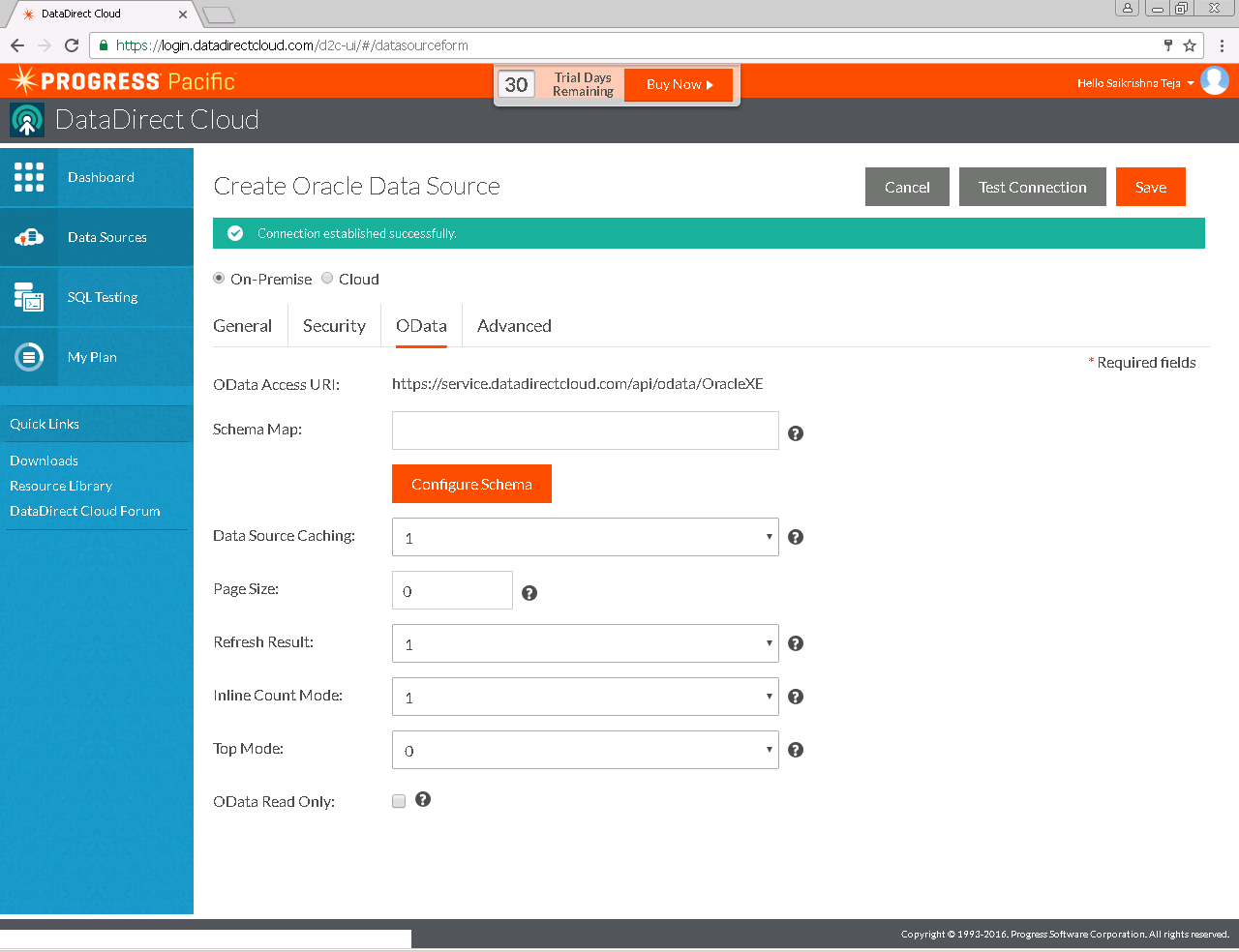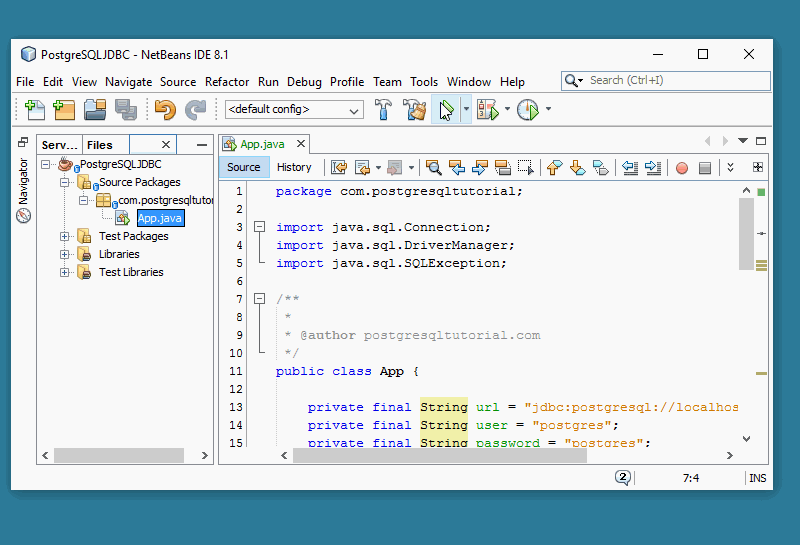
In this article we shall provide some examples of using the contrib module - dblink to query local PostgreSQL databases and remote PostgreSQL databases.ĭbLink is probably most comparable in structure to SQL Server's OpenRowset functionality. MySQL has a similar feature by using syntax dbname.sometable, but MySQL lacks schemas so there is no way to segregate aĭatabase into nice buckets as you can with SQL Server and PostgreSQL. Something such as or using the OPENROWSET(.) or OPENQUERY(.) syntax. Oracle) by setting up a linked server and doing With and querying across servers (even of different types e.g. In Microsoft SQL Server, there is a concept of querying across databases If this article was helpful to you, please share it with friends / colleagues.People coming from SQL Server and MySQL often complain about how you can't query other databasesįrom within a PostgreSQL database.

This will allow Trevor.io to connect to your database.

Here (above) we have added Trevor.io‘s two public IP addresses as Authorised networks. Permit Trevor.io to connect to GCP database instance Until you do, the authorized networks will not be updated. Then click “Save”.Ĭommon mistake: don’t forget to click “Save” in GCP after adding a Network. If you type “what is my IP” into google you will see what the IP address of your local computer is and you can use just this as an Authorised network.Į.g. This is the quickest and easiest way to connect external tools to your database, but it is also the least secure (anyone with access to your database credentials would be able to connect to your database). This means that connections from anywhere in the world (including from your local computer) are permitted to connect to your database. Here you can see that we have added 0.0.0.0/0 as an “Authorised network”. Permit all connections to GCP database instance This is done via the “Connections” tab in Google Cloud Platform. Now that you have all the connection parameters the final step is to actually permit connections to your database from your local machine or tool of choice. We could, for example, connect to “test_db” here. Use one of the databases listed under “Databases” in the Google Cloud Platform console. The database (AKA schema in MySQL) is the particular database on your database server that you want to connect to. We, for example, could use the “root” user here, or click “Create user account” to create a new database user with limited permissions (recommended).
#CONNECT SQL TABS TO LOCAL POSTGRES PASSWORD#
The username and password must be one of the database users listed under “Users” in the Google Cloud Platform console.


There are two steps required in order to connect to a SQL database on GCP:
#CONNECT SQL TABS TO LOCAL POSTGRES HOW TO#
This is a rapid step-by-step guide on how to do so. You often need to connect external tools, like MySQLWorkbench, Postico and Trevor.io (disclaimer: I work here) to your Google Cloud Platform SQL database.


 0 kommentar(er)
0 kommentar(er)
